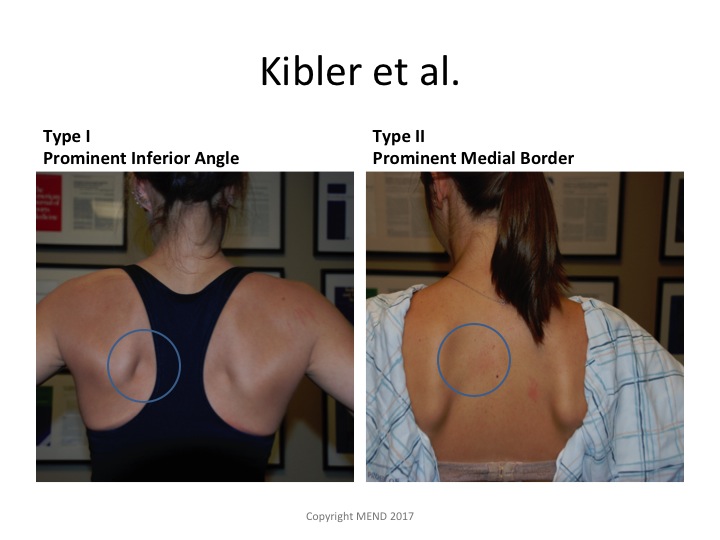Poor movements patterns at the shoulder blade (scapular dyskinesis) is quickly becoming the over pronation of the upper extremity. Although associated with a number of shoulder diagnoses including rotator cuff tears, tendinopathy, and impingement many questions remain. We observe these patterns of movement in both strong and weak individuals, as well as, those with and without shoulder pain. These questions limit our ability to objectively determine this pattern’s causative or correlative role in an individual’s shoulder pain. In addition, the high rates of scapular dyskinesis in asymptomatic individuals make it difficult to determine if we should intervene in an asymptomatic patient. A new study highlights the predictive ability of scapular dyskinesis to detect the future onset of shoulder pain in asymptomatic individuals.
A study in the British Journal of Sports Medicine performed a research review on the predictive ability of these movement patterns(Hickey et al. 2017). The authors reviewed 5 studies of over 400 athletes. They reported 35% of these asymptomatic patients with dyskinesis reported future episodes of shoulder pain. This compared with the 25% of athletes without dyskinesis who also reported future shoulder pain. Thus pain free athletes who present with dyskinesis have a 43% greater risk of shoulder pain than those with good movement patterns.
To learn more on how to improve your shoulder movement, control, and strength contact your local Physical Therapist.

